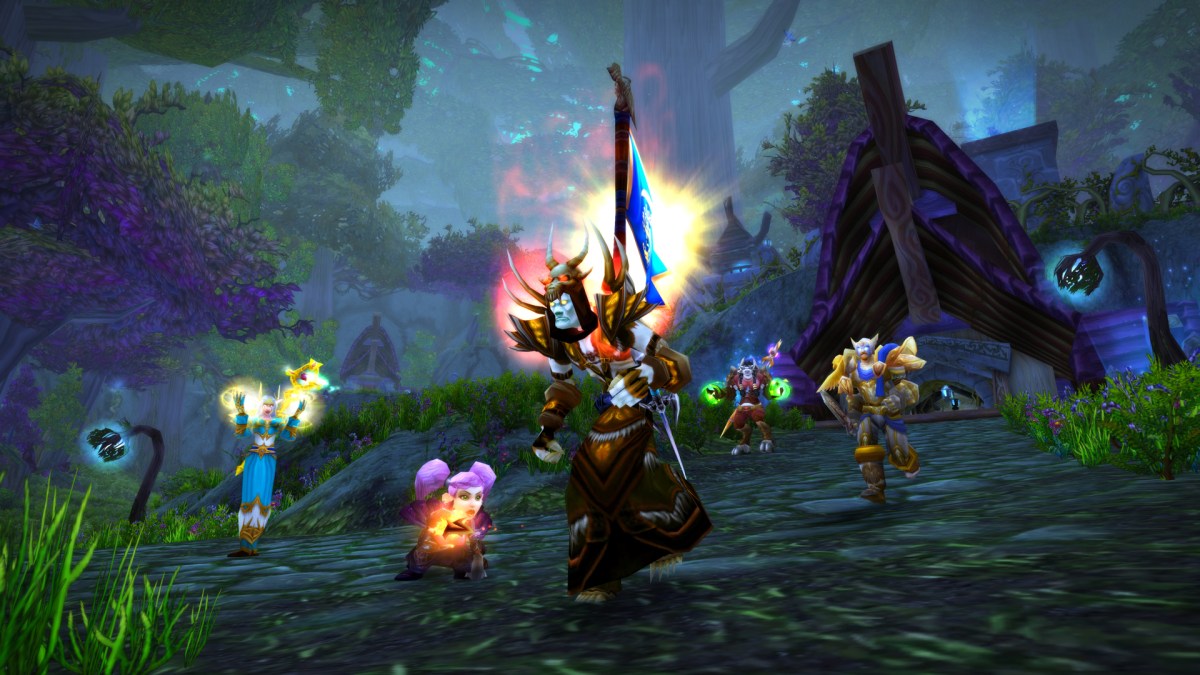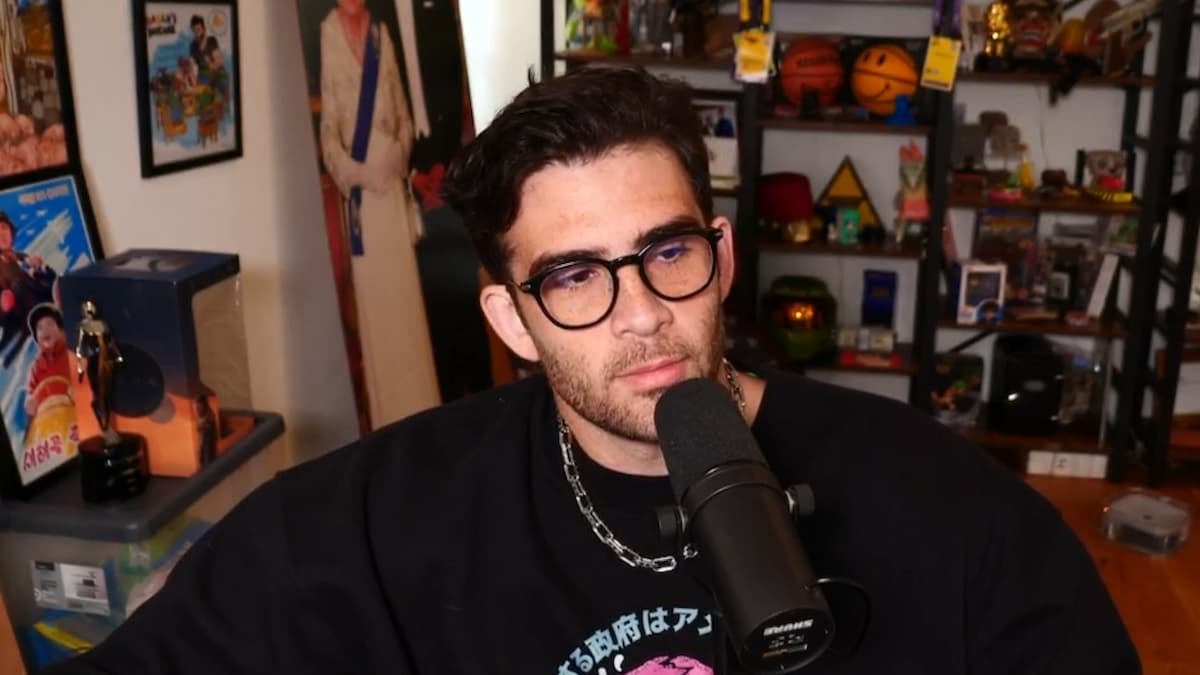World of Warcraft has had its best year on Twitch in terms of viewership thanks largely to the explosion of the raid race to world first and the launch of Classic. But since Classic’s release that saw the game post 47 million hours watched in a week, it’s been on the decline.
As the hype for the game as a force in the content creation business simmered down, some speculated that WoW viewership might be in a lull due to the way that Classic started out primarily as a PvE game. Streamers were racing to become the first players to hit level 60 and kill raid bosses like Ragnaros and Onyxia.
After that, there wasn’t much left to excite viewers outside of the occasional open-world antics that the game’s leading streamer Asmongold embarked on. Since much of what makes content creation on Twitch special is the PvP prowess that influencers bring to the table, Classic was lacking that special something.
Despite initially planning to release battlegrounds in the third phase of its six-phase plan, Blizzard launched two PvP instances this past week that were poised to give Classic a new flavor that could allow content creators to better sustain an audience with more entertaining, and less redundant, content.
But just more than a week after the release of battlegrounds, viewership hasn’t changed much.
For three days surrounding the battlegrounds’ launch, average hourly viewership for WoW shot up to nearly 80,000, according to statistics tracked by SullyGnome. But it didn’t take long for those numbers to drop back down again.
On the first full day of battlegrounds being playable, WoW streamers racked up around one million hours watched on the platform. But two days later, the game was hovering around 500,000 hours watched per day, about the same as where it was before battlegrounds came out.
The quick decline could be for a number of reasons. First, the battleground that most people are playing to maximize their in-game reward, Alterac Valley, is slightly confusing and less than friendly for spectators.
At its core, the instance is simple. Each team has a boss they must protect while killing the other team’s commander at the same time. The instance ends when one team kills the other’s boss. But with the game having 40 players per team, each individual’s play can seem insignificant at times, making it unappealing to watch.
The more enjoyable PvP instance for spectators, Warsong Gulch, is a classic capture the flag instance with 10 players on each team. Though the games tend to have a higher pace, players aren’t incentivized to play them because they don’t receive as much honor from playing them compared to Alterac Valley.
Another factor that plays a role in WoW viewership is the recent absence of Asmongold, who’s by far the most-watched streamer playing the game. Earlier this month, he took about a week off, and four days after getting back to his stream, he began another hiatus. His last stream was on Dec. 13, just a couple days after battlegrounds were released.







Published: Dec 20, 2019 02:26 pm